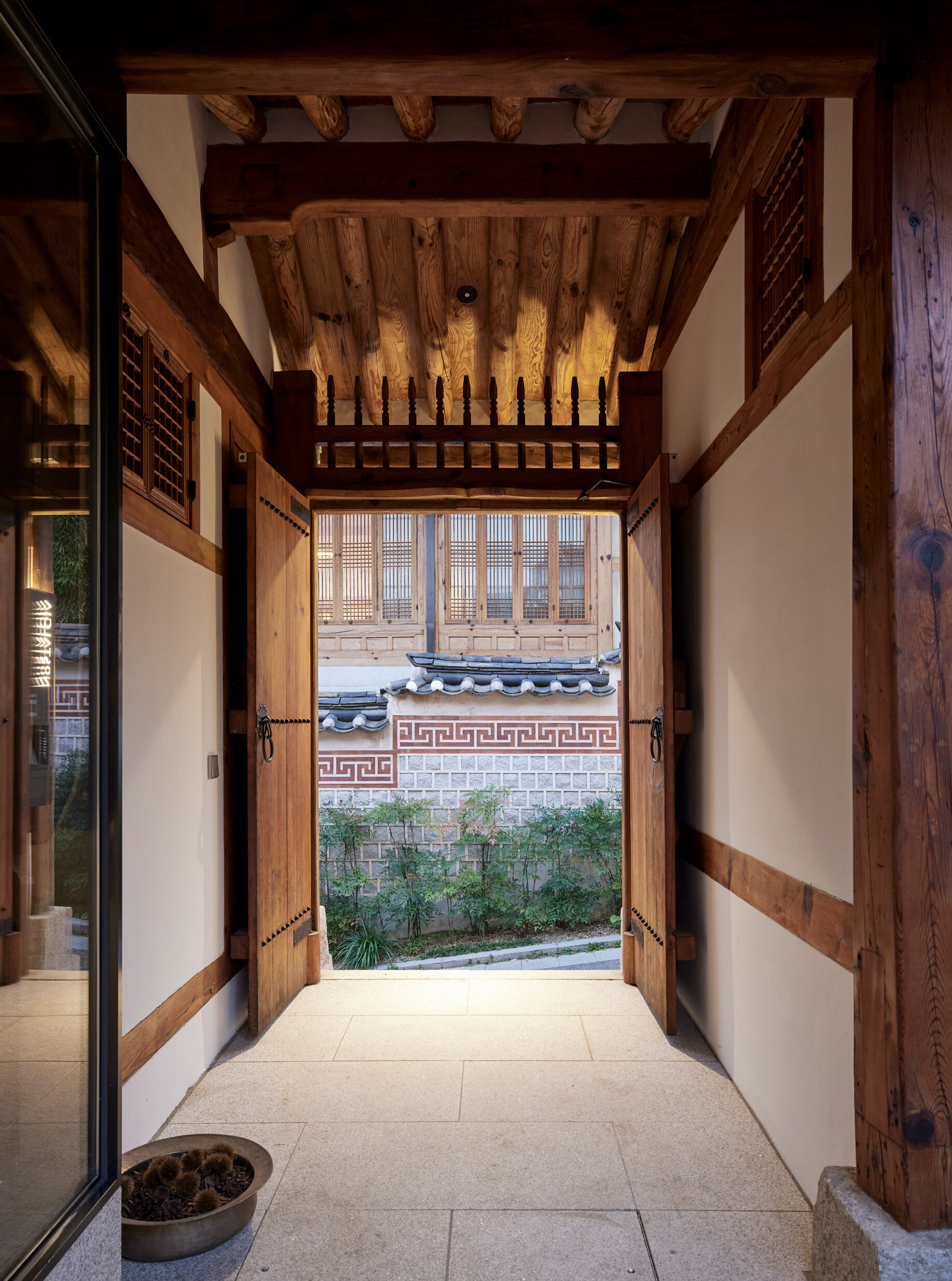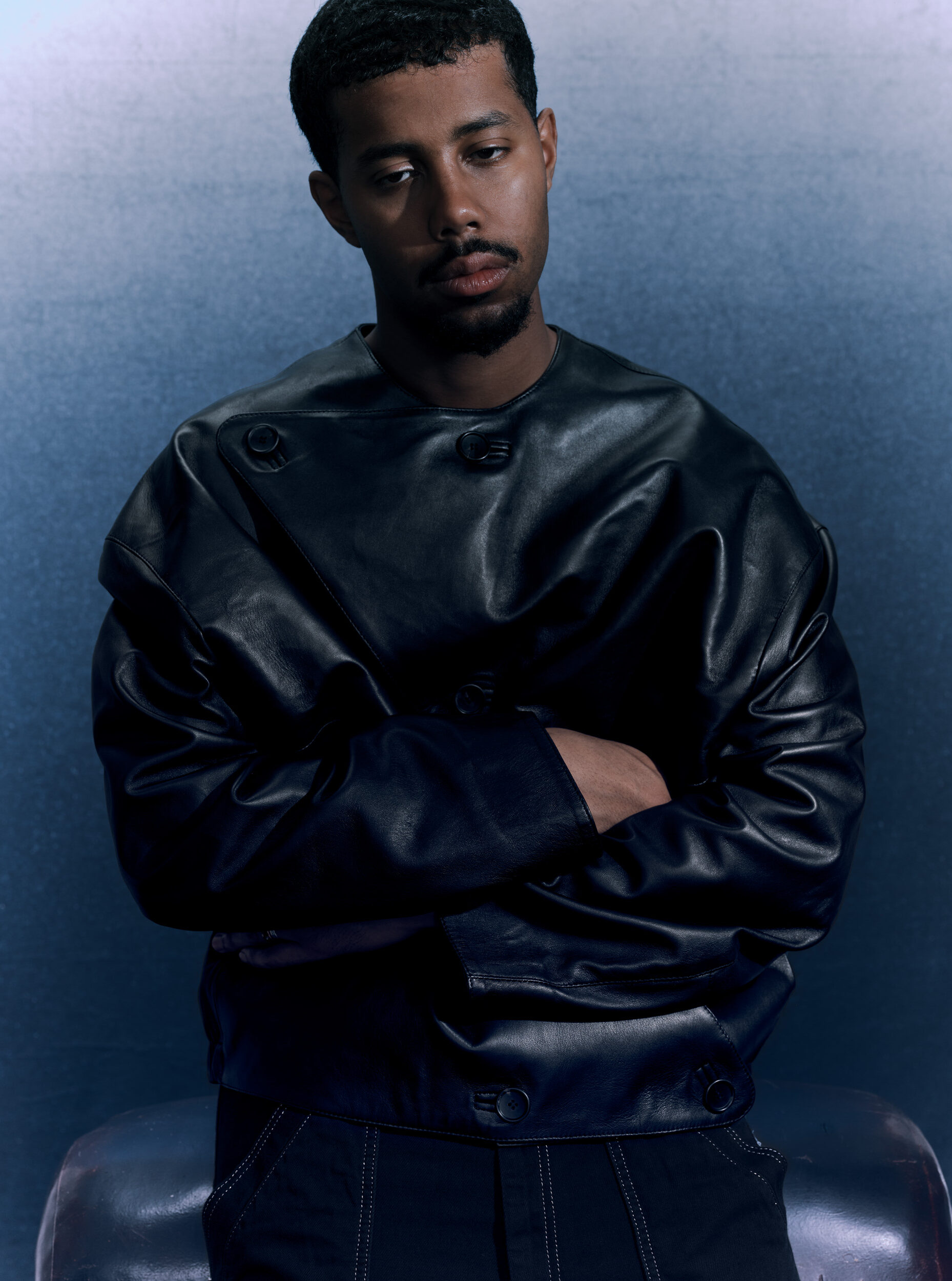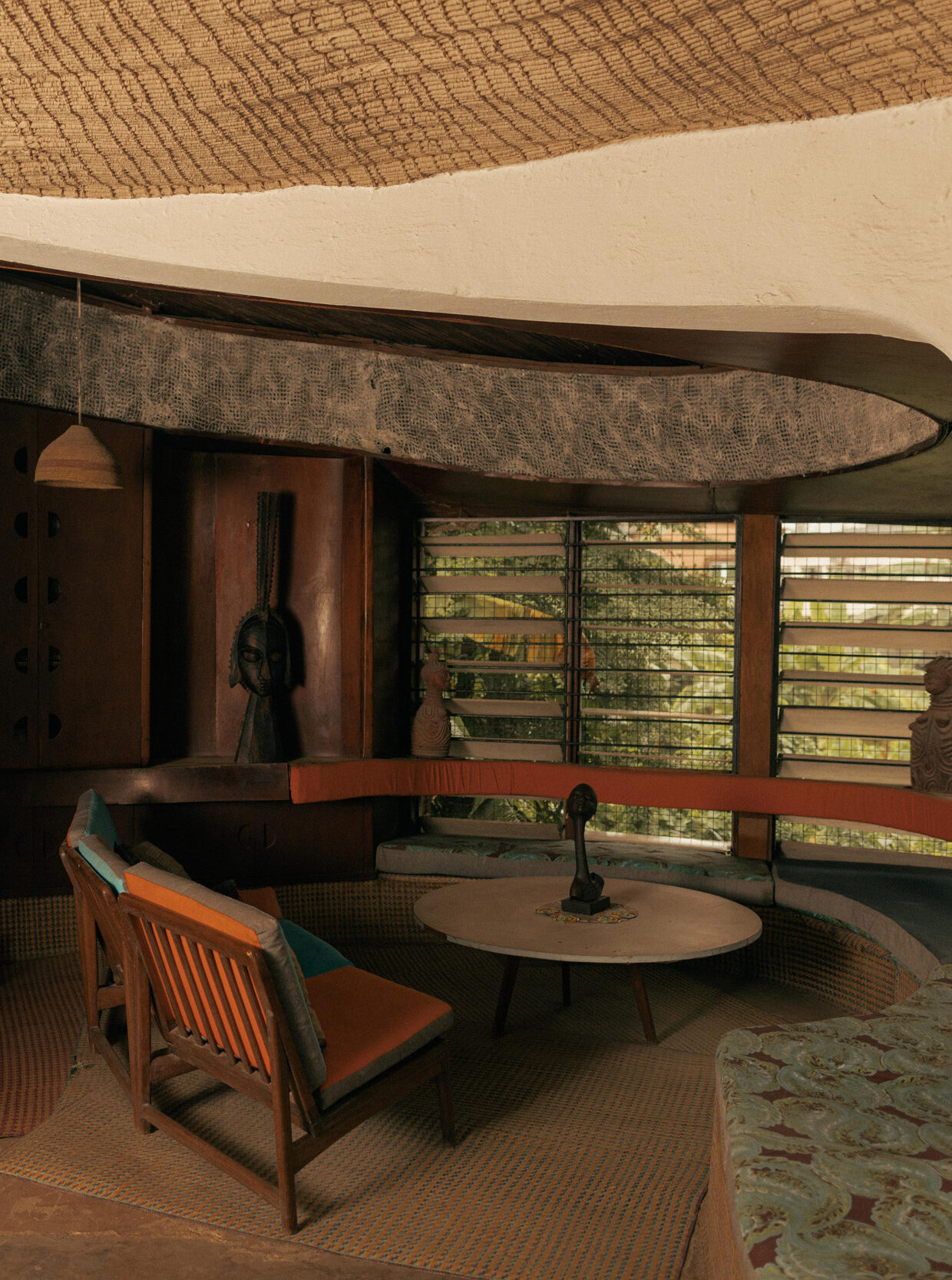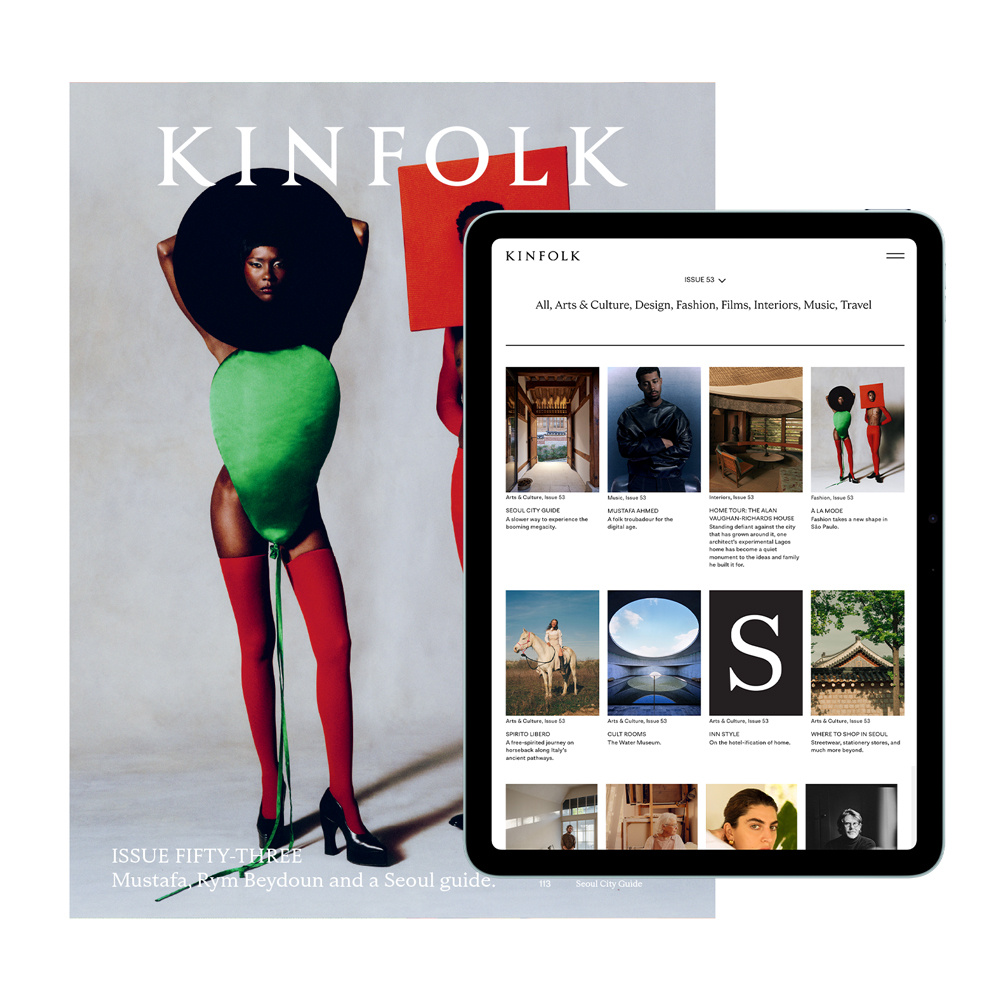
Jayeondo salt bread is made using only three ingredients: Canadian wheat, French butter and sea salt.
Ten CAFÉS in seoul카페
Ten CAFÉS in seoul카페
The best places to take a pause.
Tartine (Hannam)
Celebrated San Francisco bakery Tartine opened its first store outside the US in Seoul in 2018 and now has six locations around the city. The original, situated in a double-height space in Hannam, offers a range of bread that can be hard to find in Seoul—such as sourdough and Danish rye that is baked fresh on-site—as well as dishes that are the result of an ongoing exchange between the Seoul and San Francisco teams, such as a sandwich version of bulgogi, a traditional dish made with marinated slices of beef, Jeju tangerine juice and multigrain loaf made with makgeolli. (GU)
22 Hannam-daero 18-gil, Yongsan District
Jayeondo Salt Bread
Among the many Korean baked goods that have gone viral on social media, there is one that stands out for its popularity: salt bread. The croissant-shaped pastry—a Korean version of the original invented by a bakery in Japan in 2014—is at once light and airy and intensely buttery, the brioche-like interior and harder exterior dissolving in the mouth. Salt bread can be found throughout Seoul, but specialists Jayeondo are consistently ranked as the best. Their three locations in the city regularly have long lines but they move fast as the simple kiosks sell only salt bread, which they bake throughout the day and sell in neat paper packages of four. (GU)
41 Dosan-daero 49-gil, Gangnam District
TWO MORE…
NUDAKE: Experimental pâtissier Nudake was launched by Gentle Monster in China in 2019 and opened its first Seoul store in Dosan in 2021. It brings the eyewear brand’s creative and irreverent gaze to pastries, as evident in a black brioche in the shape of a sheep or the Oniwassant, a cross between a croissant and onigiri. (GU) 50 Apgujeong-ro 46-gil, Gangnam District
BREAD OOOO: Bread OOOO (pronounced “Bread EupEup”) started as a small dessert studio called Bread Pitt in the city of Suwon in 2021 before moving to Seoul a year later. Centered around the principle that the experimental pastries and desserts are “edible ideas” that will be able to live on after they have been consumed, founder Ha Young-ji produces ephemeral confections, often in response to exhibitions at the Watermark Gallery. (GU) 1F, 8 Saechang-ro 14-gil, Yongsan District
TWO MORE…
NUDAKE: Experimental pâtissier Nudake was launched by Gentle Monster in China in 2019 and opened its first Seoul store in Dosan in 2021. It brings the eyewear brand’s creative and irreverent gaze to pastries, as evident in a black brioche in the shape of a sheep or the Oniwassant, a cross between a croissant and onigiri. (GU) 50 Apgujeong-ro 46-gil, Gangnam District
BREAD OOOO: Bread OOOO (pronounced “Bread EupEup”) started as a small dessert studio called Bread Pitt in the city of Suwon in 2021 before moving to Seoul a year later. Centered around the principle that the experimental pastries and desserts are “edible ideas” that will be able to live on after they have been consumed, founder Ha Young-ji produces ephemeral confections, often in response to exhibitions at the Watermark Gallery. (GU) 1F, 8 Saechang-ro 14-gil, Yongsan District

Tartine in Hannam, where Western and Korean-influenced breads and pastries are baked on-site.


카페
T(ER)T(RE)
Coffee only began to be widely drunk in South Korea in the late 20th century but the country has quickly come to embrace it. Korea is ranked fourth in the world for the number of Starbucks branches, and the increasingly elaborate drinks and pastries sold by Seoul’s coffee shops are hugely popular on Instagram, with many new cafés deliberately targeting social media with gimmicky concepts and store designs.
T(ER)T(RE) rises above this scene both literally and metaphorically, while still offering a chance to sample the discerning and playful coffee culture of Seoul. Situated on a steep residential road near Naksan mountain (tertre means “small hill” in French), the café—purpose-built by local architects Cho and Partners—has panoramic views that stretch from Bugaksan in the north of the city, along the city wall and past Namsan Mountain with the N Seoul Tower, to the Zaha Hadid–designed Dongdaemun Design Plaza. Against this backdrop, baristas prepare coffee as well as more creative (and Instagrammable) drinks, such as a Crème Brûlée Latte and Pink Ade, which changes color as you mix it. Stairs lead up from the bar to two additional levels with floor-to-ceiling windows and a roof terrace. (GU)
46 Naksan 5-gil, Jongno District

From the rooftop of T(ER)T(RE) you can see the city wall, which dates back to 1395, and Bugaksan mountain. Meaning “north mountain,” it overlooks the Gyeongbokgung Palace and is the source of the Cheonggyecheon which flows through northern Seoul.

Eert’s range of teas includes seasonal blends and hojicha, a roasted green tea.
카페
Eert (Mangwon)
The Eert tearoom in Mangwon encourages quiet contemplation. Occupying a concrete 1974 building that once housed three separate shops and an apartment, the interior has been opened up by local architecture practice Workment, flooding the space with light from floor-to-ceiling windows that look onto the street. A table made of wood and copper runs across the full width of the building. Here, staff prepare tea against the backdrop of a warm, backlit wall, ladling boiling water into teapots. There is a seating area upstairs, where the walls have also been left raw and unfinished. In addition to several different types of tea and coffee, seasonal desserts are available. (RR)
105-1 Poeun-ro, Mapo District


Tissue bread at the Truffle Bakery.
TWO MORE…
ANTHRACITE: Anthracite has been at the forefront of both Seoul’s burgeoning specialty coffee culture and—in the case of their third location, which opened in 2015—establishing Itaewon as a place for creative and experimental brands. The benches outside are the place to see and be seen in good weather. (GU) 240 Itaewon-ro, Yongsan District
Travertine: The design of specialist coffee shop Travertine in Yongsan was informed by the 1920s residential building it sits in—a surprising mix of traditional wooden hanok-style roof and raw concrete. A wraparound glass panel separates the interior from the gravel garden, and large limestone blocks at the center of the space give the café its name. (GU) 18-7 Hangang-daero 7-gil, Yongsan District
The Truffle Bakery
The sleek and stylish Truffle Bakery in Hannam was established in 2024 to offer pastries that use fresh, high-quality truffles that were previously the reserve of fine dining in Korea. It is their tissue bread, however,
rather than the truffle-infused scones and salt
bread, that has put the bakery on the map. A small cube of bread that can be torn into delicate, translucent layers of soft, chewy and intensely buttery pastry, tissue bread went viral shortly after the bakery opened and at one point became so popular that sales were limited to one per person. (GU)
1F&2F, 19 Daesagwan-ro 5-gil, Yongsan-gu
Onion (Seongsu)
The building that houses the first Onion café has had many lives. Built in 1970, it had been a supermarket, restaurant, mechanics and a metal factory before design studio Fabrikr encountered the dilapidated space in Seongsu. They decided to preserve as much of the building’s history as possible, leaving brickwork exposed and traces of paint and tilework intact, an approach they brought to Onion’s other locations—such as a traditional hanok in Anguk and half of a working post office in Mia. In the Seongsu branch, which opened in 2016, the elaborate pastries—pandoro with snowy peaks of confectioners’ sugar; squid-ink “Black Crunch” brioche; avocado bread—contrast with the raw, pared-back interior, and the roof terrace has views across the still-industrial neighborhood. (GU)
8 Achasan-ro 9-gil, Seongdong District
TWO MORE…
ANTHRACITE: Anthracite has been at the forefront of both Seoul’s burgeoning specialty coffee culture and—in the case of their third location, which opened in 2015—establishing Itaewon as a place for creative and experimental brands. The benches outside are the place to see and be seen in good weather. (GU) 240 Itaewon-ro, Yongsan District
Travertine: The design of specialist coffee shop Travertine in Yongsan was informed by the 1920s residential building it sits in—a surprising mix of traditional wooden hanok-style roof and raw concrete. A wraparound glass panel separates the interior from the gravel garden, and large limestone blocks at the center of the space give the café its name. (GU) 18-7 Hangang-daero 7-gil, Yongsan District

The industrial interior of Onion in Seongsu.



